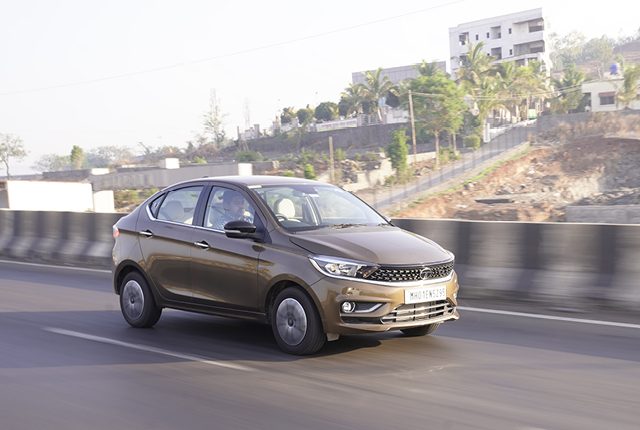
Tata Motors have added an automated manual transmission to the Tigor iCNG, thus creating the only automatic transmission-equipped CNG-powered sedan in the market. We take it out for spin.
Story: Sayantan De
Photography: Sanjay Raikar
While entry-level sedans are not as popular as they used to be, they are still soldiering on. In the current market we have cars such as the Tata Tigor, offered in petrol, electric, and CNG powertrains with manual and automatic transmissions—that’s a lot of options to choose from. Tata have now paired the AMT, previously only available on petrol, with the CNG powertrain, which makes it the only automatic CNG sedan in the market. Just how different is it compared to its petrol counterpart?
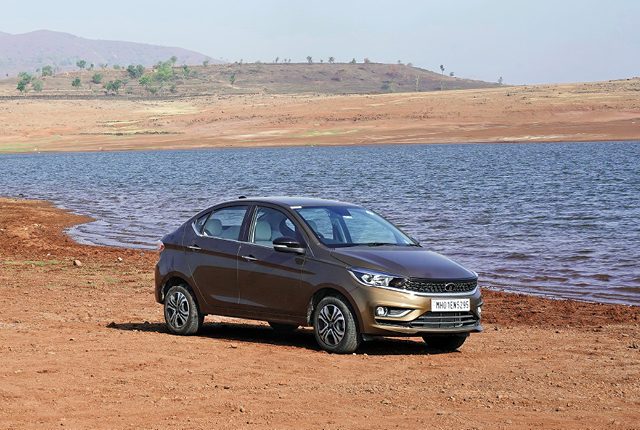
Look-wise the major differences from the petrol Tigor are the iCNG badge on the boot-lid and a different design for the smaller 14-inch alloy wheels. An irritant was that the black stickers on the B-pillars were applied rather poorly, with the top of the two adjacent stickers not matching up. This could be a one-off on our test vehicle, but things like this cheapen what is otherwise a nice car.
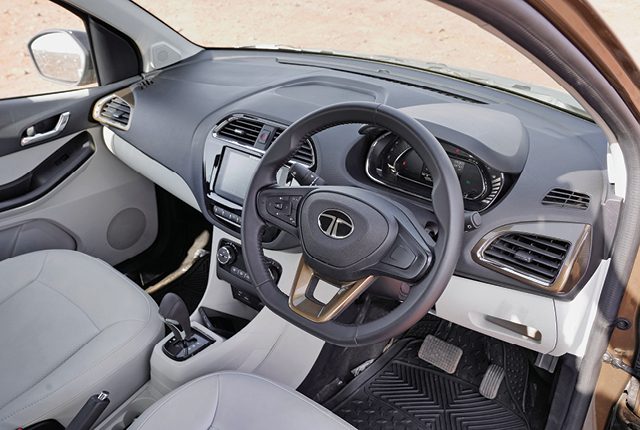
It can start up in CNG mode, so you don’t have to start it in petrol mode and then make the switch and it will automatically change to petrol once the CNG tanks are empty. As an added safety, the car can’t be started unless the fuel-filler flap is closed.
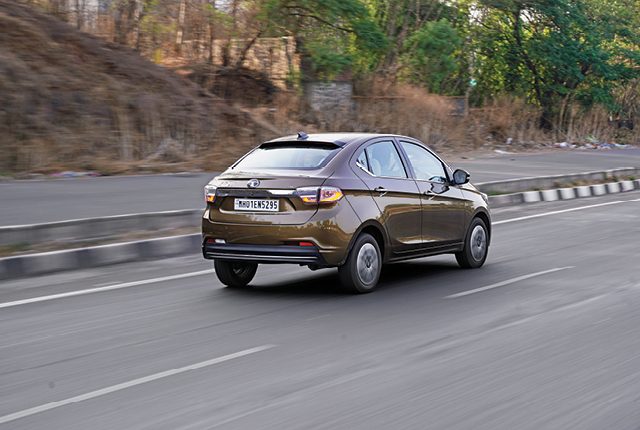
Driving the Tigor iCNG through the city, the power loss is not evident, as the AMT does a decent job of keeping the car sprightly. It is similar on the highway unless you are chasing the top end. As long as you let the transmission know that you want to overtake by pressing the throttle pedal hard, the AMT downshifts quickly. While climbing the ghats, you may want to switch to manual mode to keep the engine from changing up and bogging down, but the shifts are seamless in both manual and automatic modes.
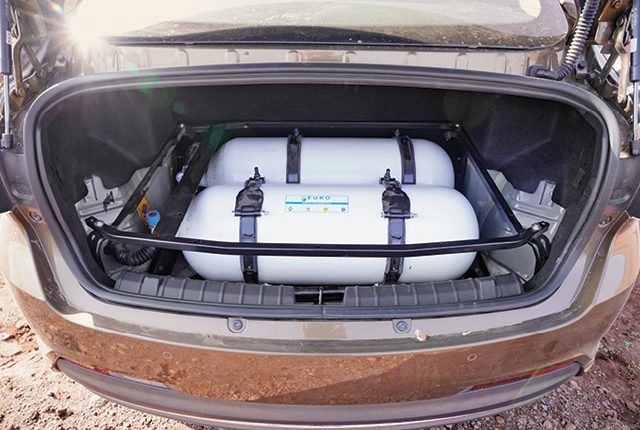
The Tigor iCNG rides on 14-inch wheels with higher sidewalls, which offset the poorer ride quality that should have resulted from the higher tyre pressure (because of the extra weight) and the Tigor manages to navigate poorer roads without the vibrations filtering into the cabin too much. The handling is not as agile as it used to be, but I felt the added weight of the CNG cylinders placed in the boot has resulted in better stability at high-speed turns and lane-change manoeuvres.
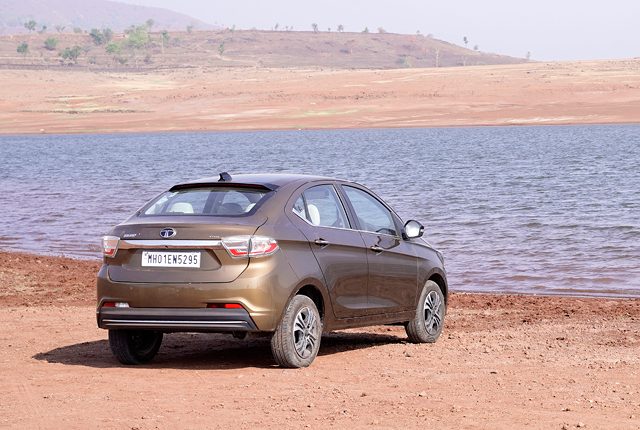
The price of the Tata Tigor iCNG AMT starts at Rs 8.85 lakh (ex-showroom) for the XZA trim, which makes it Rs 1.45 lakh more expensive than its equivalent petrol AMT counterpart. But the Tigor iCNG’s USP is the dual-cylinder CNG storage with a factory warranty, which makes it a no-brainer for anyone in the market for a CNG-powered sedan. Now, with the added option of an automatic transmission, the Tata Tigor iCNG AMT does not have much realistic competition.


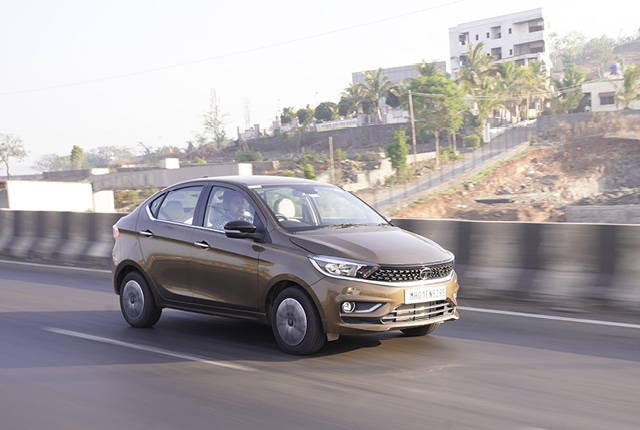



















Leave a Reply